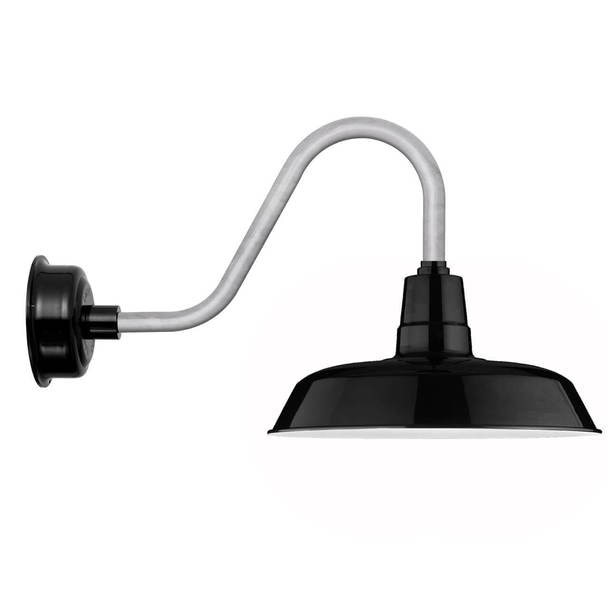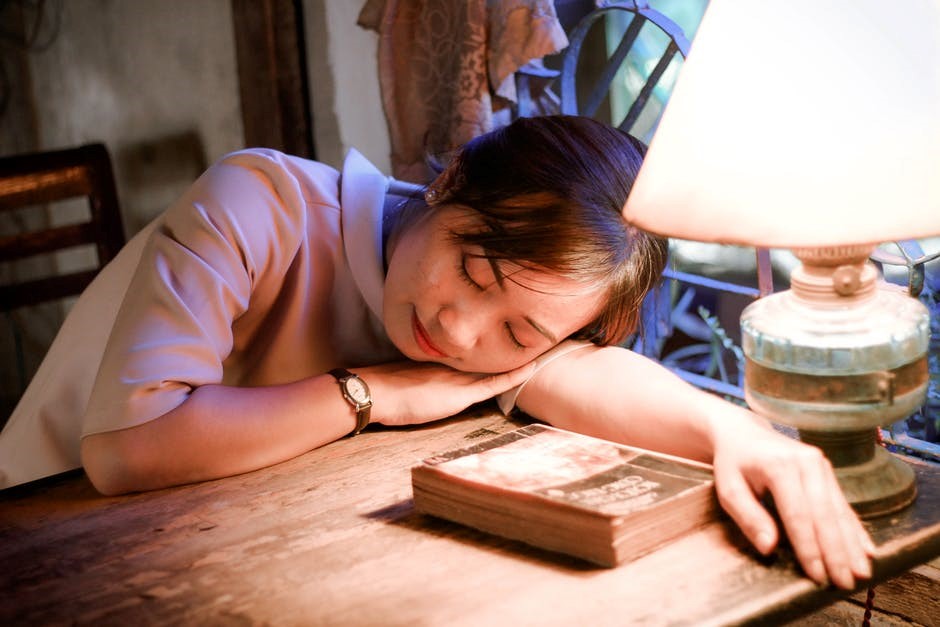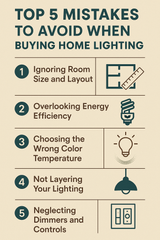Light Fixture FAQ: Everything You Need to Know About Lighting
Before selecting and installing lighting in your space, you may have some questions to be answered. These may pertain to actually picking out lighting, understanding the types of light and light bulbs out there, or even have to do with the care and maintenance apart of having new light fixtures in your space.
That said, today let’s focus on the most commonly asked questions when it comes to lighting on a broad scale. Hopefully you’ll find some great answers to your questions through reading this FAQ!
Light Fixture FAQ:
1. What light fixtures are in style?
There are a lot of different light fixtures that are currently trending, depending on your personal tastes. Here are some light fixture styles and accents that are in style right now:
- Barn lights
- Edison bulb-styled lighting
- Mid-century modern lighting
- Clean lights and minimalism
- LED lighting
- Copper or soft gold light fixture accents
- Rustic kitchen lighting
- Starburst chandeliers
2. What is a barn light?
A barn light is a style of fixture that offers downward lighting with a wide (often shorter) shade and a goose neck-styled, angled, or vertical arm that hangs from ceilings or walls.
Barn lights are often made of a heavy-duty metal and have rustic-industrial touches that make them suitable for a farmhouse-styled home. These fixtures are very trendy right now and are typically used in both interior and exterior designs in a plethora of metallics and colors.
Below, we have a picture of one of our barn lights to give you an idea of what it looks like.

3. What lighting is best for living room?
Lighting that is on the warmer side of the spectrum is preferred for living rooms. The warmer lighting is ideal in settings that are calmer and designed for general living. To pair with your warmer lighting in your living room, also opt for brighter task lighting such as table lamps or floor lamps to assist you with completing certain tasks (e.g., reading). Some may also enjoy having dimmable lighting in their living room to add versatility to what they’re doing, their current mood, and the time of day it is.
4. What lighting is best for bathrooms?
Because bathrooms are places where many tasks take place (e.g., using the toilet, doing hair and makeup, showering, shaving), optimal lighting is important. For that reason, many prefer to opt for a mix of natural and Cool White/Bright Light lighting to ensure there is bright illumination in their bathroom.
5. What lighting is good for makeup?
Natural or Cool White/Bright Light lighting is best for makeup as these provide illumination that is very bright, and thus, shows colors that are most true to what they really are. In settings whose lighting is too warm or too cool, or simply not enough lighting is present, one may end up putting too much makeup, utilizing the wrong colors, or not properly see a mistake makeup they made (e.g., smudged eyeliner).
6. What color light is good for sleeping?
Warm lighting is most ideal for helping one wind down at the end of the day, as many studies have proven.
Blue lighting or other cooler-toned types of illumination that are very bright and are commonly present on our technological devices can on the other hand make us alert as this type of lighting can have an effect on the body’s circadian rhythm and its production of sleep, energy, and mood hormones. Thus, cooler lighting should be avoided at night. You may also wish to utilize your devices’ blue light-blocked or night mode setting to eliminate blue light and make the screen warmer, and thus, less harsh on the eyes and on your sleep.
Dimmable lighting is also a great option to help one feel less alert once the end of the day approaches. This type of illumination can provide a better transition from light to dark before one goes to bed.

7. Are LED lights bad for you?
No, in general, LED lights are not bad for you. If anything, they are one of the safest bulbs out there. LED lights are safer in that they cause little to no flicker, are barely warm to the touch (meanwhile, some bulbs are hot to the touch can burn the skin), eliminate less UV radiation, and don’t have mercury present in the bulbs.
However, do keep in mind that artificial lighting, even natural lighting, in excess can be considered “bad.” Too much or not enough lighting can negatively impact hormones that are responsible for our energy levels, sleep, alertness, and mood. As a given, looking directly at lighting for too long can cause eye problems. But the latter is common knowledge that applies to light on a broad scale.
8. What does it mean when a light flickers?
The most common reason a light flickers is due to losing wiring. However, addressing light flickering is crucial as it could potentially lead to a house fire in the future. Calling an electrician who can help troubleshoot a light flickering problem is important for your safety – as well as for your eyes as flickering lighting can cause eyestrain and other eye problems.
9. What does it mean when a light turns on by itself?
Many presume that when a light turns on by itself, it is due to supernatural causes. However, light bulbs off turn on by themselves due to faulty wiring or a bad bulb. If your light operates via a sensor or by touch, the light may have something smaller like a bug, a spiderweb, or another smaller object triggering it. An electrician can help you solve this issue if you cannot troubleshoot it on your own.
10. What to clean light fixtures with?
The way you clean your light fixture will depend on what materials it is composed of and whether or not it is waterproof, and ultimately, how dirty they are to begin with.
For chandeliers with crystals, you may wish to take off the crystals (taking a picture beforehand, so you remember where each crystal goes) or leaving them on. Some simply like to dust their chandelier. Others may wish to use a use a mix of 1-ounce of dish soap, a quarter-cup of white vinegar, and 3-cups of water to spray each crystal.
As for other fixtures, a simple dusting can do the trick. If you plan on using a damp cloth, make sure to only use it on the exterior; do not use in on the inside of the lampshade where the light bulb would go. Regardless, always turn off your electricity to be on the safe side. You may wish to completely take down your light fixture to clean it well or just stand safely on a ladder to dust or wipe it down. Your choice.
You’ll also want to lightly dust your light’s bulb(s). After all, your lighting can be affected by up to 30-percent if you have a dirty bulb!
11. Do light fixtures go bad?
Just like anything else, there can come a time where a light fixture will need to be replaced. However, this is rare, and light fixtures generally can last decades. Of course, the light fixture itself may have chipped paint, rusting, minor dents, or other normal signs of wear-and-tear. But as for the functioning of your light fixture, the bulb or wiring of your light fixture may be the true problem, not the light fixture itself. Many lighting issues are generally simple for electricians to fix.
Conclusion
There are many questions people have when it comes to light fixtures and lighting in general. Sometimes there are even misconceptions people have regarding lighting. But being well-informed before selecting the right light fixtures for your interior or exterior space is important.
If you require more assistance regarding light, please contact our lighting experts. If you’re ready to scope out some light fixtures, then check out our online store . We have thousands of light fixtures including barn lights, picture lights , lanterns, and much more of a variety of colors and styles. There’s no such thing as never being able to find the perfect light fixture for your space!
Recent Posts
-
Top 5 Mistakes to Avoid When Buying Home Lighting
Lighting plays a crucial role in shaping the ambiance, functionality, and aesthetic appeal of your h …26th Jun 2025 -
Why Lighting Is the Most Underrated Design Element in a Room
Walk into a well-designed space, and you might first notice the color of the walls, the statement fu …13th May 2025 -
How to Choose the Perfect Painting for Your Home or Office
When it comes to decorating your space, choosing the perfect painting can be a game-changer. A well- …7th Feb 2025




